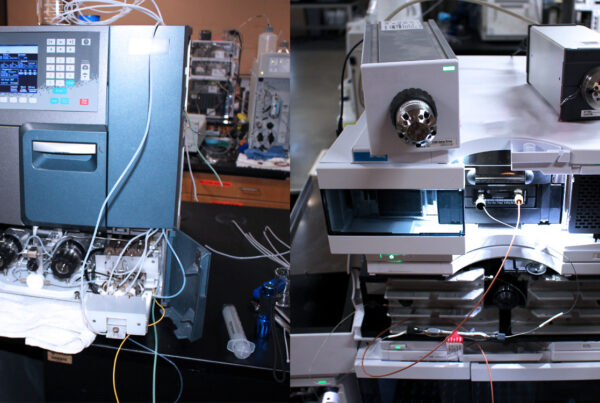High-Performance Liquid Chromatography (HPLC) is a powerful analytical technique widely used in various industries, including pharmaceuticals, food safety, environmental monitoring, and many more. However, like any analytical method, HPLC analysis can face challenges that affect the quality of results. In this blog post, we’ll explore some common issues in HPLC analysis and provide tips to enhance data quality.
- Column Contamination: One common problem is column contamination, which can lead to poor peak shape and retention time shifts. To prevent this, use high-quality solvents, proper sample filtration, and guard columns to protect the analytical column.

2. Baseline Drift: Baseline drift occurs due to pump fluctuations, temperature variations, or improper equilibration. To mitigate baseline drift, ensure stable instrument conditions, proper equilibration, and perform regular maintenance.

3. Sample Overloading: Overloading the HPLC column with a high concentration of analyte can result in distorted peaks and inaccurate quantification. Dilute samples as needed and use a lower injection volume to avoid overloading.

4. Inconsistent Retention Times: Inconsistent retention times can be caused by changes in mobile phase composition or column aging. Maintain consistent mobile phase conditions and replace columns regularly to ensure reliable retention times.

5. Detector Noise: Detector noise can affect peak integration and data accuracy. Regularly check and calibrate the detector, and keep the flow cell clean to reduce noise.
By choosing Conquer Scientific, you gain access to cost-effective HPLC solutions without compromising data quality. Their dedication to quality assurance and rigorous testing ensures that you receive equipment that performs reliably. Whether you need a refurbished HPLC system, replacement parts, or professional service, Conquer Scientific is your trusted partner in enhancing the precision and reliability of your HPLC analysis. Visit their website today to explore their extensive product range and discover how they can support your analytical needs.
Resources:








